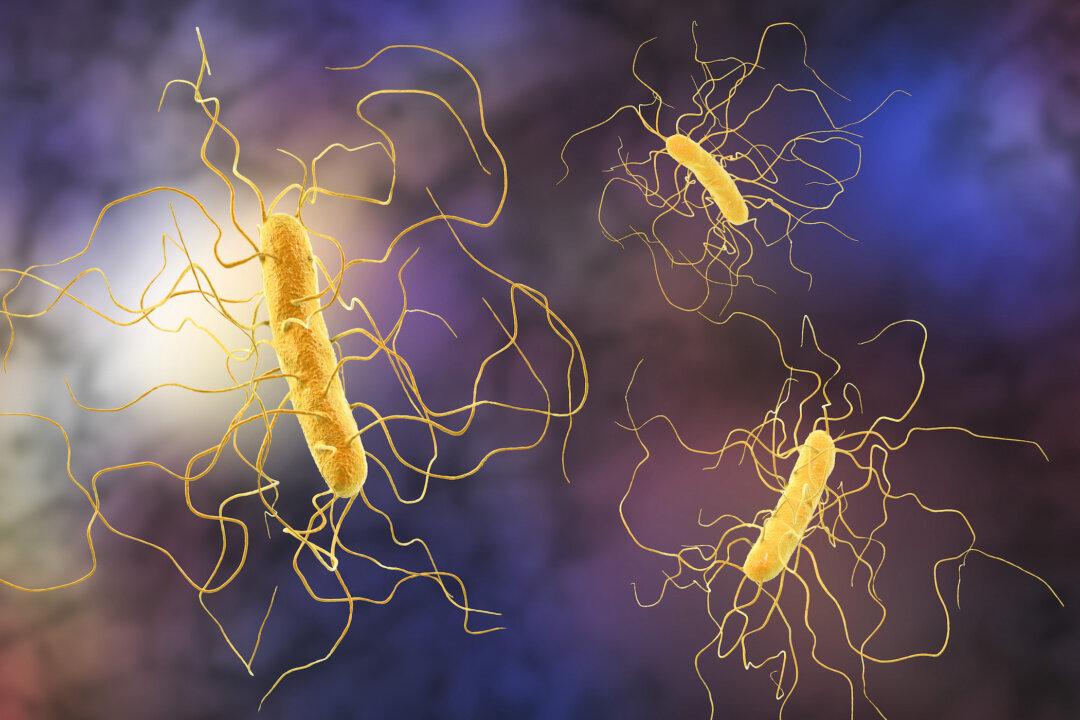It sounds like the plot of a 1950s science fiction movie: Normal, helpful bacteria begin to eat their host from within because they don’t get what they want.
But that’s exactly what happens when microbes inside the digestive system don’t get the natural fiber that they rely on for food.
Starved, they begin to munch on the natural layer of mucus that lines the gut, eroding it to the point where dangerous invading bacteria can infect the colon wall.





